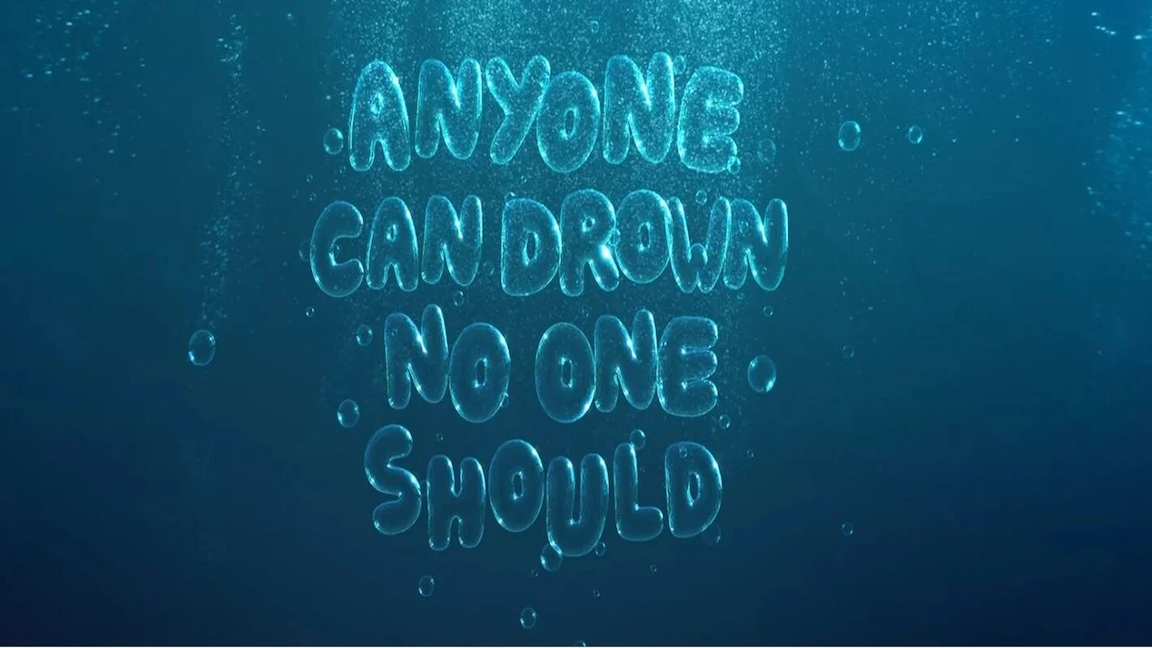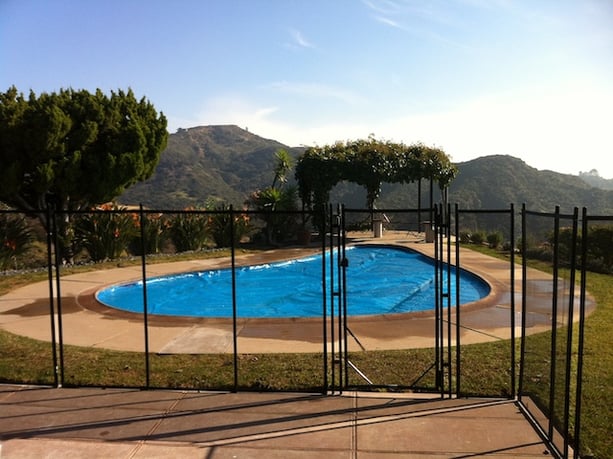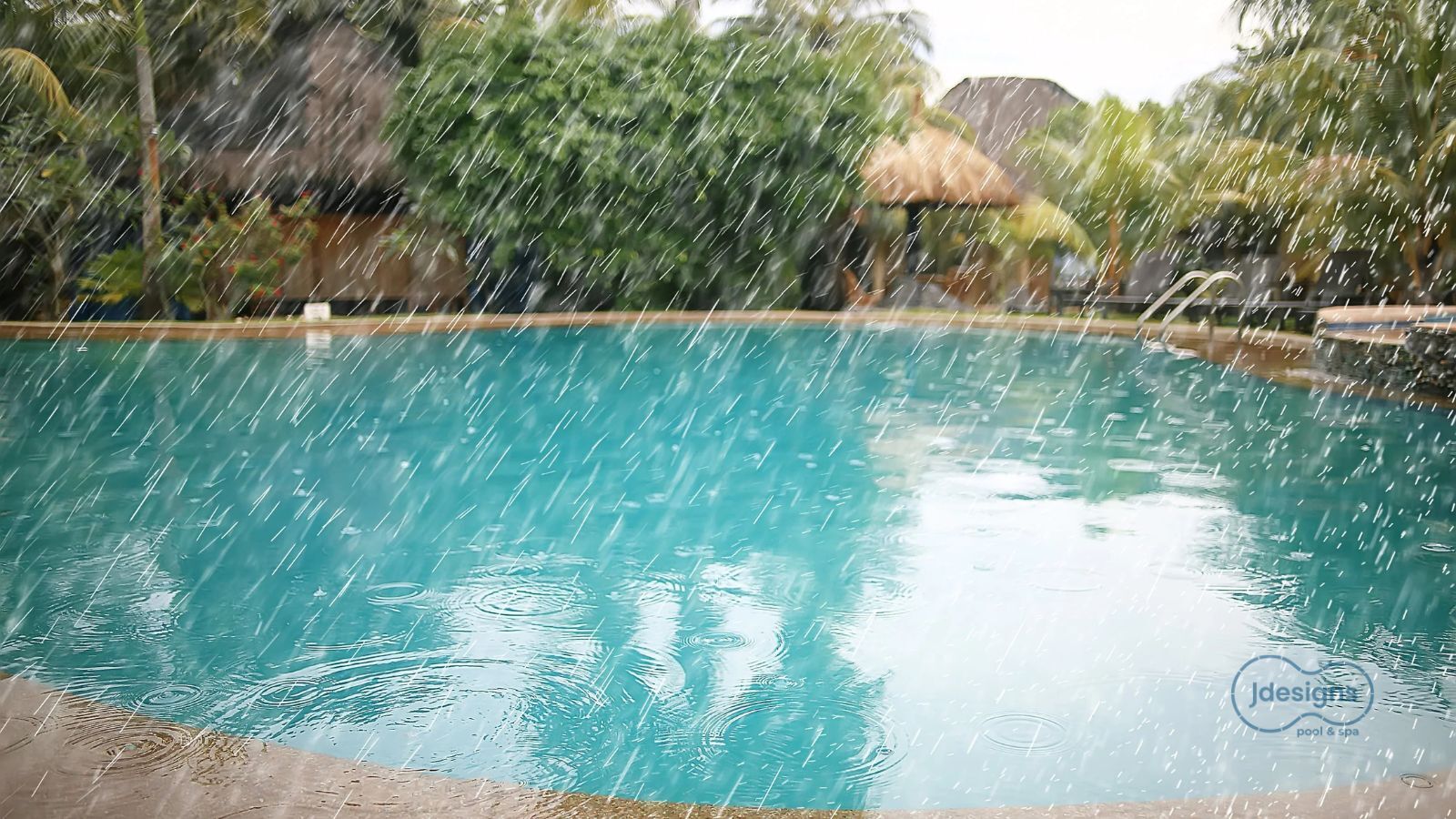Residential Lazy River Cost & Design Guide
Imagine floating effortlessly through your own backyard oasis on a warm afternoon.
5 min read
Vanessa Petros
:
Updated on June 27, 2023

If a child is missing, check the water first.
This statement isn’t intended to haphazardly grab your attention through baseless fear-mongering. Quite the contrary, drowning is an ever-present danger and we cannot overlook its ominous reality for even a moment.
In California, drowning is a leading cause of injury-related deaths among children under the age of five. Each year, near-drowning incidents result in life-long disabilities. In this case, a healthy level of fear is warranted because it compels us to awareness and action.
Awareness and action culminate in a powerful event known as World Drowning Prevention Day, which is held annually on July 25th. This global event commemorates lives lost due to drowning and strives to increase knowledge on safety in and around water.
At J Designs Pool and Spa, we are staunch advocates of water safety and have spent 15 years empowering our customers with the knowledge and practical steps that will help protect them from the risk of drowning.
This article will bring awareness to five evidence-based “layers of protection” so that you can confidently act on these drowning-prevention strategies.
Why? Simple.
Anyone can drown, no one should.
Why is more than one layer of protection needed to help prevent drowning?
The American Academy of Pediatrics (AAP), recommends that multiple “layers of protection” be used to prevent drowning because it is unlikely that any single strategy will prevent drowning deaths and injuries. Even the most watchful parent cannot keep an eye on a child every second of the day, so multiple layers of protection in place can work together to restrict unsupervised access to the pool. 69% of young children who are found drowned or submerged in swimming pools were not expected to be in or at the pool.
Since drowning can happen so quickly and quietly, one layer of protection is not sufficient. Multiple layers are necessary to help reduce the risk.
Layers of protection are strategies directly affecting aquatic environments.
Although physical barriers are not child-proof, they are important because they provide extra time for the parents to find the child before a drowning accident can occur.
Physical barriers that restrict access to the pool include:

Physical barriers that restrict access to the water include:
Physical barriers such as automatic pool covers require professional installation, so be sure to contact a professional automatic pool cover installer.

Similarly, alarms are another vital layer of protection in pool safety. They can alert an adult when a barrier has been breached. Ideally, the child will not make it to the water, but if it should come to that, alarms can be the last line of defense to come to the aid of the child quicker.
Traditional pool alarms are mere camera and motion sensors lacking sophisticated software that can detect and differentiate specific sources of motion.
However, new pool alarms that are equipped with the added safety barrier of Artificial Intelligence, like CamerEye, are an innovative saving grace when it comes to drowning prevention.
CamerEye, unlike traditional pool alarms, decreases the number of “false alarm” incidents due to its ability to rule out pool toys, birds, large debris, and other nonhuman items. This AI camera-based product creates a 24/7 safety and security ecosystem through AI-Powered overhead cameras. Through these cameras, this alarm system can differentiate between sources and types of movements; namely, distress or near-drowning behavior.
You can never be too prepared when it comes to drowning prevention, so check out this pool safety checklist from the Pool and Hot Tub Association along with your local regulations for approved safety pool and spa barriers to prime your pool for optimal security!
Shockingly, the majority of drowning accidents occurred when adults were nearby and aware that children were in the water. Nevertheless, active supervision of parents, caregivers, and adults is the most important layer of protection against drowning accidents.
If infants or toddlers are in or around water, their supervisor should stay within arm’s length and maintain “touch supervision.” A helpful tip for group gatherings is to delegate a “water watcher” to committedly watch the kids swimming. Their primary responsibility is to keep constant watch over children in or near the water. After 15 minutes, a different water watcher should be assigned so that the original supervisor does not tune out and have a momentary but fatal lapse in attention.
Similarly, trained lifeguards practice this method as well; part of the protocol at water parks includes rotating lifeguards to a new station every 30 minutes so they do not get bored and complacent.
If you’re hosting a party, it may be a good idea to hire a local lifeguard for children’s parties. It can be very challenging to keep track of everything when hosting adult gatherings, so having a lifeguard on board can help ensure everyone’s safety.
When it comes to maintaining proper supervision for children in the water, we don’t recommend throwing caution to the wind; always proceed with an abundance of caution (and alert water watchers)!
Everyone should learn how to swim. Swimming lessons are a vital layer of protection that can prevent drowning accidents.
According to the CDC, formal swimming lessons can reduce the chances of drowning by 88 percent. It’s recommended that children learn to swim by the time they turn one, so even before they can walk! This may seem a bit hyper-vigilant on the surface, but should a toddler make their way to a pool without supervision, the skills learned from formal swim lessons can help keep them afloat. Water Safety USA provides a trusted guide for parents and caregivers that are looking for a qualified learn-to-swim program for their children.
It’s important to note that completing swimming lessons will never make a child “drown-proof,” so parents mustn’t succumb to a lapse in supervision.
Life jackets should be worn by children and weak swimmers when on or around open bodies of water. They do not suffice as supervision, and they cannot alone teach a child to swim.
Approved floatation devices are tested for their buoyancy and must be approved by the United States Coast Guard (USCG). If a device is not approved by the USCG, you should not include it in your family’s layer of protection strategy.
It’s vital to note that the popular arm floaties that you see many children wearing are not a proper substitute for life jackets. In an article from NBC News, experts divulge the importance of life jackets for children over commonplace arm floaties.
“Although arm floaties or water wings might seem like a good idea, as they’re often readily available and inexpensive, they are not safe for children who cannot swim,” says Rachel Griffiths, communication director for the Aquatic Safety Research Group. “They can slip off the child or deflate and are not approved by the US Coast Guard as a lifesaving device,” she says.
Knowing what to do and who to call for help in drowning accidents is drastically important.
Any parent, babysitter, or caregiver should learn and be certified in CPR in case of an emergency, their certification is renewed every two years. This is especially important for anyone who lives in a home with a pool.
Similarly, having a phone nearby when poolside is critical for dialing 9-1-1 in case of a drowning accident. Likewise, if a parent or caregiver is not sure that the child is in a pool, but cannot find the child, calling 9-1-1 can be a life-saving step.
Now that you’ve read this article, you are more knowledgeable, vigilant, and proactive about drowning prevention measures. While the risk of drowning can never be completely eradicated, staying well-versed in prevention strategies will help ensure that the odds will be ever in your favor.
Education and training come in many forms, and we’d be remiss if we didn’t address the baby elephant in the room: consistent pool safety education for the kids. There are ample resources that are intentionally made for children’s entertainment and comprehension, we recommend checking out The American Red Cross Longfellow’s WHALE Tales water safety episodes here!
Teach them while they’re young, right? Well…
Trick question; there’s no age limit on pool safety education. Remember the motto of World Drowning Prevention Day?
Anyone can drown, no one should.
At J Designs Pool and Spa, we don’t adhere to a sink-or-swim philosophy; rather, we guide our customers to set them up for optimal water safety. Check out these related articles to find out how drowning prevention can be embedded within the structural design of your pool and spa:

Imagine floating effortlessly through your own backyard oasis on a warm afternoon.

If you’re planning to build or remodel a pool in 2026, you’re not just choosing a “look”; you’re making a long-term investment in your home, your...

Pool Overflows After Heavy Rain and How to Lower Your Pool's Water Level